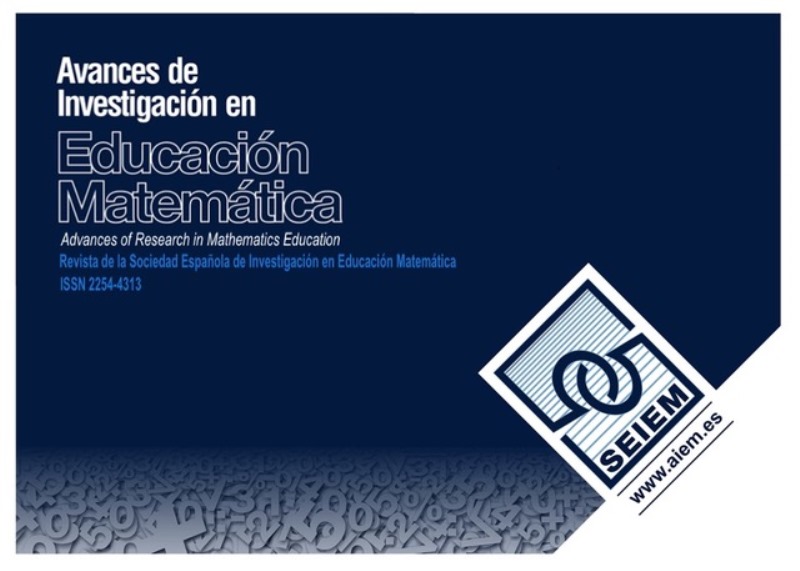Task design in APOS Theory
DOI:
https://doi.org/10.35763/aiem.v0i15.256Keywords:
Task design, APOS Theory, inverse transformation, inverse matrixAbstract
This paper discusses the role of task design in APOS Theory. The role played by the genetic decomposition in the theory and in task design is discussed. An example of a genetic decomposition for the concepts of inverse matrix transformation and inverse matrix is given. Tasks designed using this tool as a guide are exemplified as well as a description of their relationship to the genetic decomposition. In this way we provide insights about each task and the specific detailed construction it has as its aim. The
role of the tasks in the classroom is discussed since the combination of collaborative work of students in sequences of tasks and in group discussions are the foundation of APOS Theory’s potential to promote essential constructions needed for a deep learning of mathematical concepts.
Downloads
Downloads
Published
How to Cite
Issue
Section
License
The articles published in this journal are under a license Creative Commons: By 4.0 España from number 21 (2022).
Authors who publish with this journal agree to the following terms:
- Authors retain copyright and keep the acknowledgement of authorship.
- The texts published in this journal are – unless indicated otherwise – covered by the Creative Commons Attribution 4.0 international licence. You may copy, distribute, transmit and adapt the work, provided you attribute it (authorship, journal name, publisher) in the manner specified by the author(s) or licensor(s). The full text of the licence can be consulted here: http://creativecommons.org/licenses/by-nc/4.0.
- Authors are able to enter into separate, additional contractual arrangements for the non-exclusive distribution of the journal's published version of the work (e.g., post it to an institutional repository or publish it in a book), with an acknowledgement of its initial publication in this journal.
- Authors are permitted and encouraged to post their work online (e.g., in institutional repositories or on their website) prior to and during the submission process, as it can lead to productive exchanges, as well as earlier and greater citation of published work (See The Effect of Open Access).









